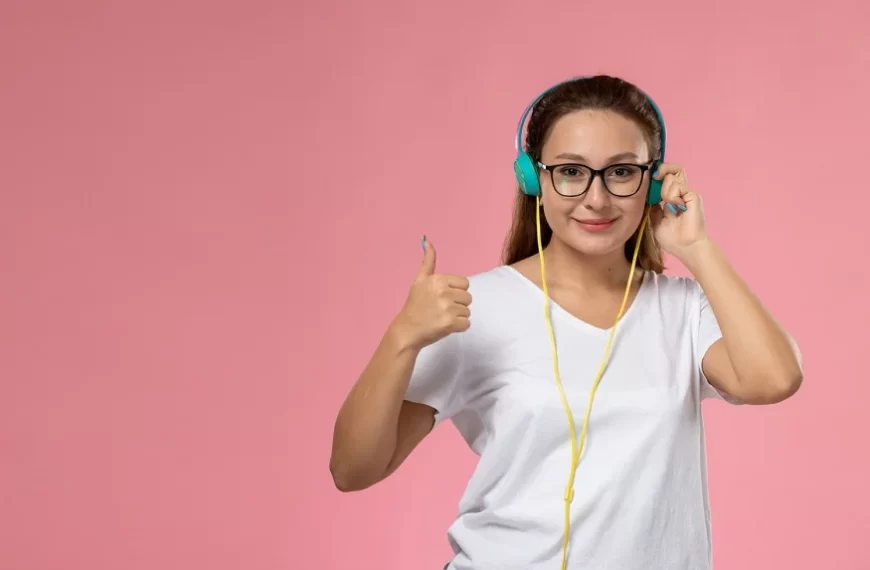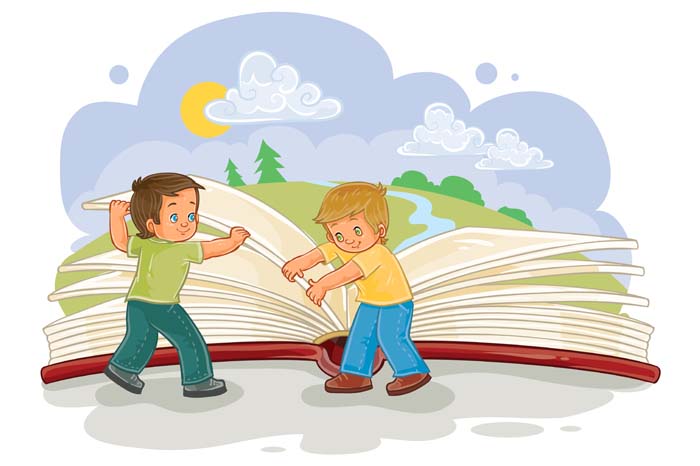As headphones and earbuds grow in popularity among youth, child health advocates have sounded alarms over unsafe listening habits that could endanger hearing. With these devices pressed snugly in or over the ear, volumes don’t have to be extremely loud to pose risks over time. However, by teaching kids conscientious use and setting prudent limits, parents can allow children to enjoy headphones while also safeguarding delicate hearing structures. This begins with understanding the research around headphone-related hearing loss and establishing family rules that foster music appreciation without impairment down the road. While eliminating risks is impossible, a measured approach helps ensure headphones expand rather than constrict a child’s sonic world.
What the Research Says About Hearing Loss Risks?
The primary safety issues with headphones involve noise-induced hearing loss over time. A child’s hearing is more sensitive and susceptible to damage from loud noises than adult hearing. Earphones placed directly in or over the ear canal also intensify sound exposure more than listening to audio from speakers positioned further away. This amplification effect means in-ear headphones actually increase the risk of hearing injury if volume levels are too high or if headphones are used extensively.
According to scientific research and public health authorities, the safe threshold for volume from audio devices is no higher than 85 decibels for extended listening periods. Sounds above 85 decibels can progressively damage delicate inner ear structures vital for natural hearing and perception. For perspective on common volume levels, normal conversation is approximately 60 decibels. Traffic noise equates to roughly 85 decibels at close proximity. The output from headphones can readily exceed safe levels for the eardrum if unchecked.
In 2010, the World Health Organization estimated that nearly 50% of teenagers and young adults are exposed to unsafe sound levels from personal music players and other audio devices. More recently, a 2019 study published in JAMA Otolaryngology examined American youth and found 14 percent of children ages 6 to 19 showed signs of noise-induced hearing damage. Among those damages, tinnitus (ringing in the ears) was the most prevalent symptom. The researchers attributed this largely to unsafe recreational noise exposure from sources like headphones and concerts.
Younger children whose ears are still maturing may be at particular risk for long-term effects. Multiple research studies indicate that children and teens are more vulnerable to noise-induced hearing loss than adults. Even relatively small degrees of hearing impairment sustained early in life can have detrimental consequences on learning, speech and language development, social skills and academic achievement over time. Childhood hearing problems frequently extend into adulthood in the absence of intervention. The cumulative effects from consistent loud headphone use can compound over many months and years.
Hygiene and Safety Concerns Beyond Hearing Health:
Apart from hearing loss, parents may worry that headphones impair kids’ situational awareness and environmental attentiveness. Wearing earphones or earbuds listening to audio media does limit the ability to fully perceive outside sounds and surroundings. In certain situations, requiring vigilance, this sensory limitation could potentially contribute to accidents, injuries or other safety risks.
For example, wearing headphones while walking or riding a bike reduces awareness of approaching vehicles, people and other hazards. However, empirical research exploring the linkage between headphones as a causal factor in pedestrian accidents is limited. While logically it makes sense that headphones could play a role in some accidents, there’s minimal statistical evidence indicating they directly cause a widespread safety problem. Still, it’s prudent for parents to teach children to remove earphones and remain alert in potentially dangerous settings with traffic, bicycles, skateboards etc.
From a hygienic standpoint, shared earbuds can accumulate earwax, bacteria and other microbes transmittable between listeners. Diseases spread through respired droplets – such as colds, strep and influenza – could also be passed along indirectly by reusing someone else’s headphones. Regular cleaning and avoiding shared personal headphones are good tactics to reduce these kinds of health risks related to germs.
How Parents Can Set Safe Listening Limits:
By instilling safe headphone habits early, parents can greatly reduce any risks posed by headphones and earbuds. Here are some practical tips for promoting children’s hearing health:
- Monitor Volume Levels Closely:
Frequently check volume while your child is listening and ensure levels never exceed 60% of maximum headphone output. Give ears brief breaks periodically by having kids take headphones off for several minutes at a time while listening. Don’t allow volume levels that seem too loud for your own comfortable listening.
- Limit Continuous Daily Use:
Health experts recommend no more than 60 minutes total of cumulative listening time per day at safe volume levels. Breaking this into two 30-minute sessions is ideal. Frequent listening at loud volumes is far more damaging than a single occasion. Set time limits on headphone use each day or week and encourage breaks.
- Use Noise-Limiting Headphones:
Purchase headphones equipped with built-in volume governors and noise-cancelling features. These capabilities automatically suppress ambient environmental sounds and excessive sound levels without the need to manually turn up volume. Limiting models are preferable to noise-cancelling ones for children, since cancelled background noise can encourage boosting volume to dangerous levels.
- Choose Over-Ear Headphones When Possible:
Circumoral (over-ear) headphones limit direct transmission of sound waves into the ear canal compared to earbuds placed inside the opening of the ear. While over-ear models are bulkier, they reduce some of the intensity of exposure compared to compact earbuds resting inside the ear canal. However, in-ear headphones at reasonable volumes are unlikely to cause harm.
- Prevent Volume Overrides on Devices:
Many phones, tablets and media players allow setting maximum volume limits in parental control settings. Disable override capabilities so children can’t manually raise levels above safe thresholds. Also use limiters to prevent volumes above 85 decibels. Check settings periodically to ensure kids aren’t finding workarounds.
- Set Media Rules for the Home:
Making headphones off-limits during homework, family meals and outdoor play is a good general rule. Define other limits on headset usage time per day or week as needed. Older children may receive more leniency than younger kids who require more protective rules. Be sure to model safe habits yourself by avoiding headphone use when alertness is needed.
- Check Fit Comfort and Size Regularly:
Make sure headphones don’t pinch ears or create discomfort when worn. Loose earbuds are also problematic. Proper fit will prevent the need to crank up volume levels. Demonstrate how to test size and comfort so kids learn this themselves. Ensure headphones sized for adults aren’t handed down to children if overly large.
While total prevention of unsafe listening habits is nearly impossible, parents can take action to significantly reduce risks. Avoiding frequent, prolonged exposure to loud volumes through headphones is the key protective factor. If your child experiences muffled hearing, tinnitus or other symptoms after headphone use, promptly consult an audiologist. Overall, parents’ attentive supervision and limits on headphone time can foster kids’ safe enjoyment of music and media.
For more such interesting blogs, Visit EuroKids














